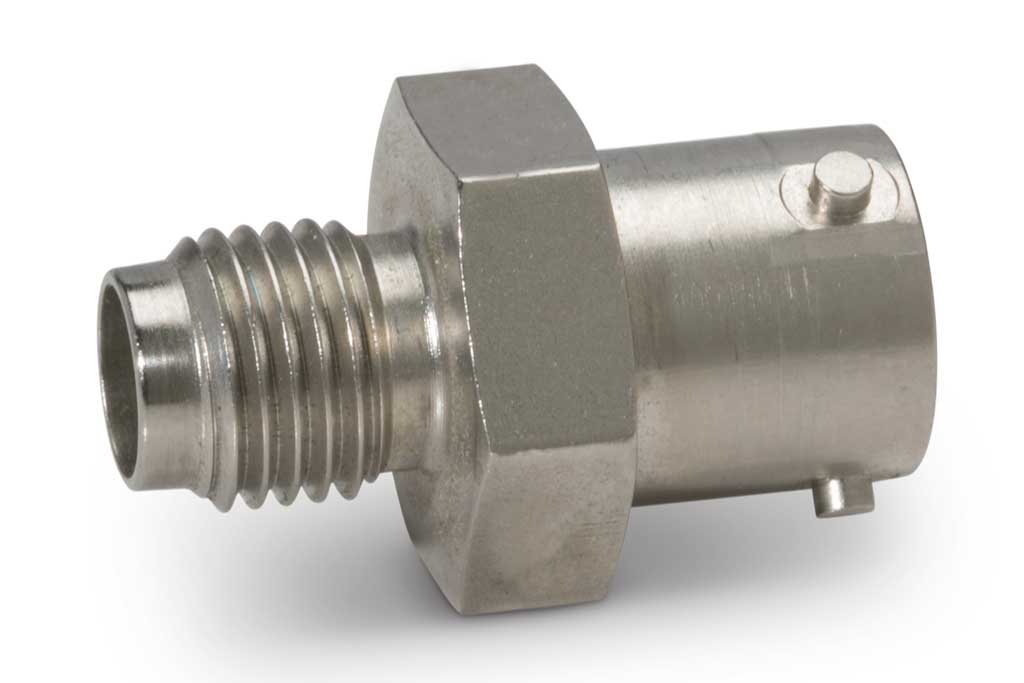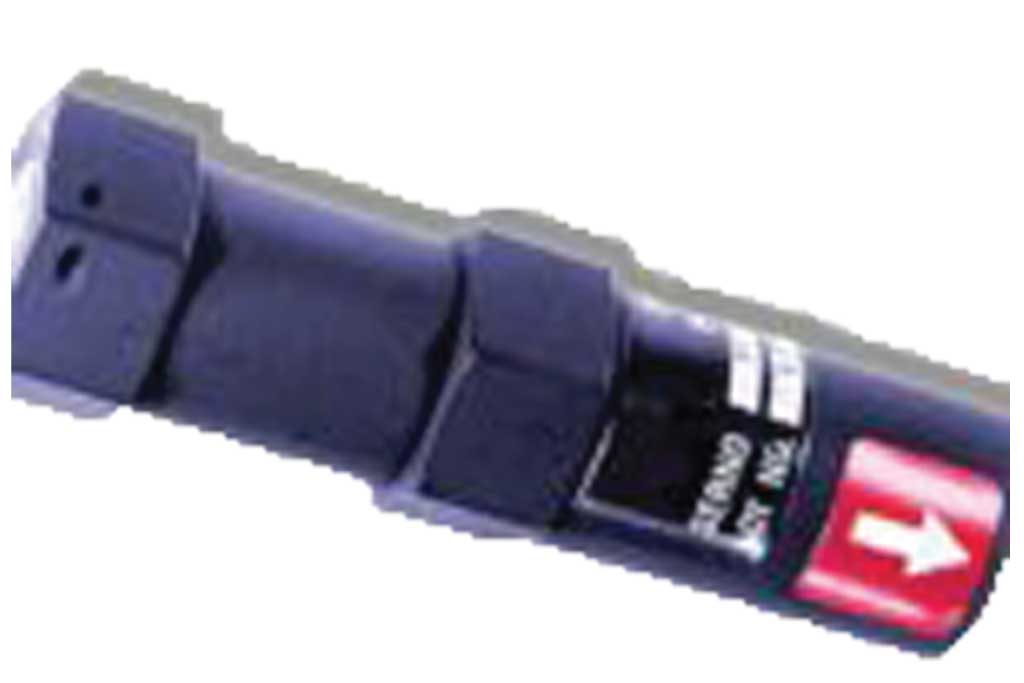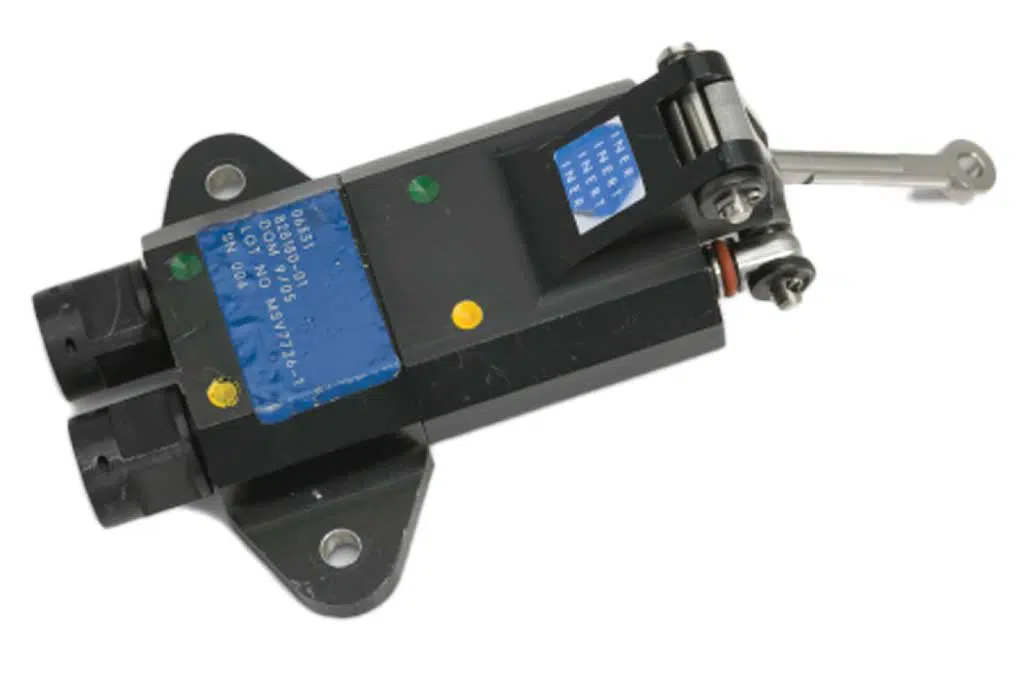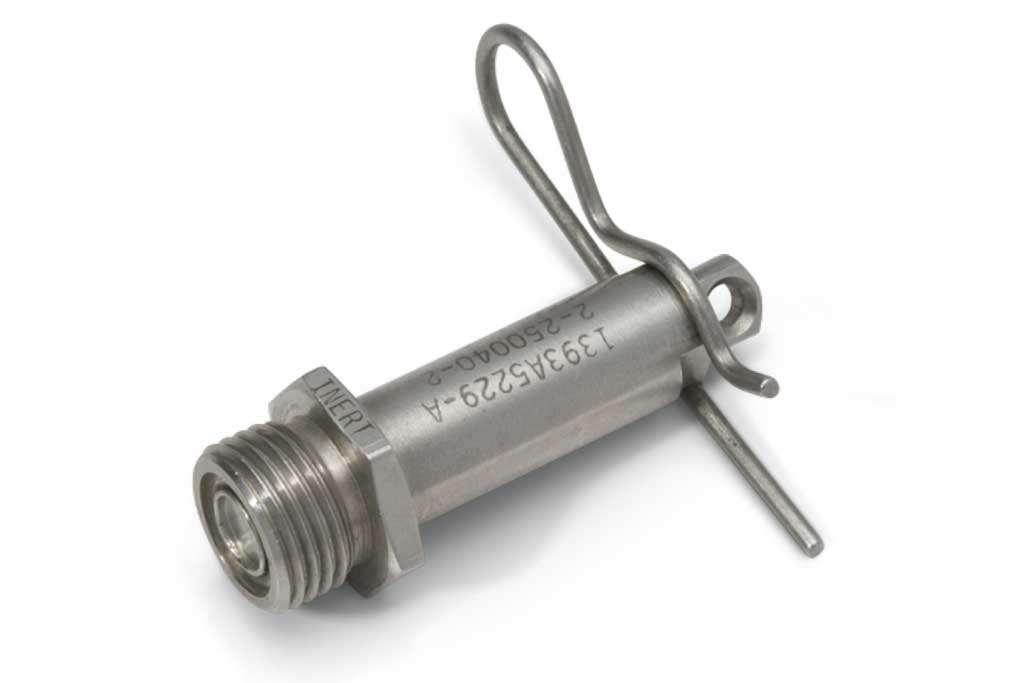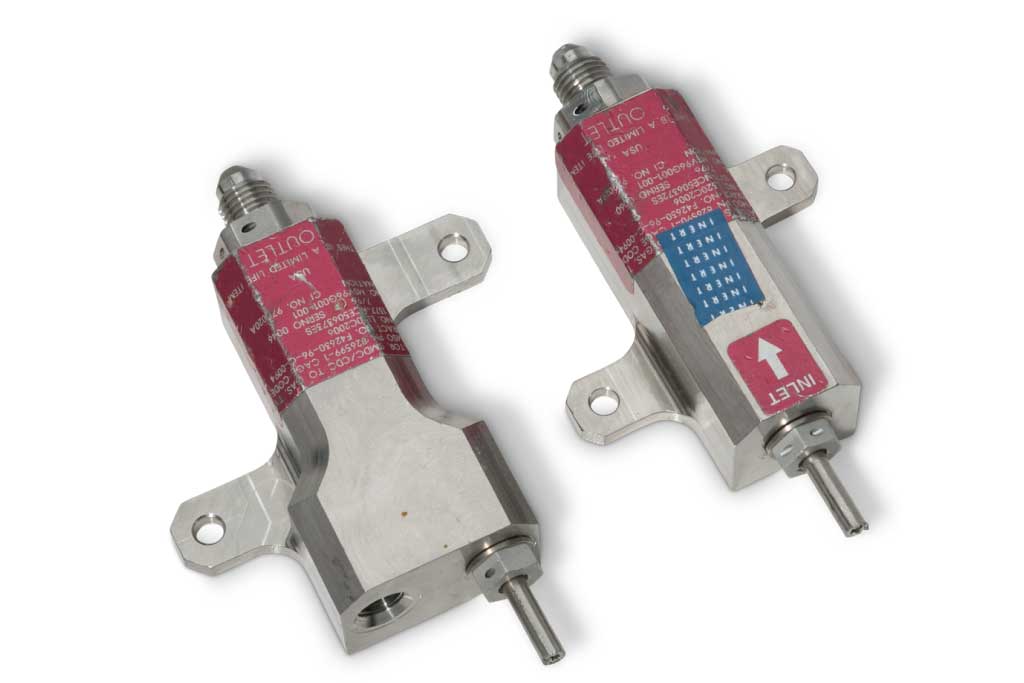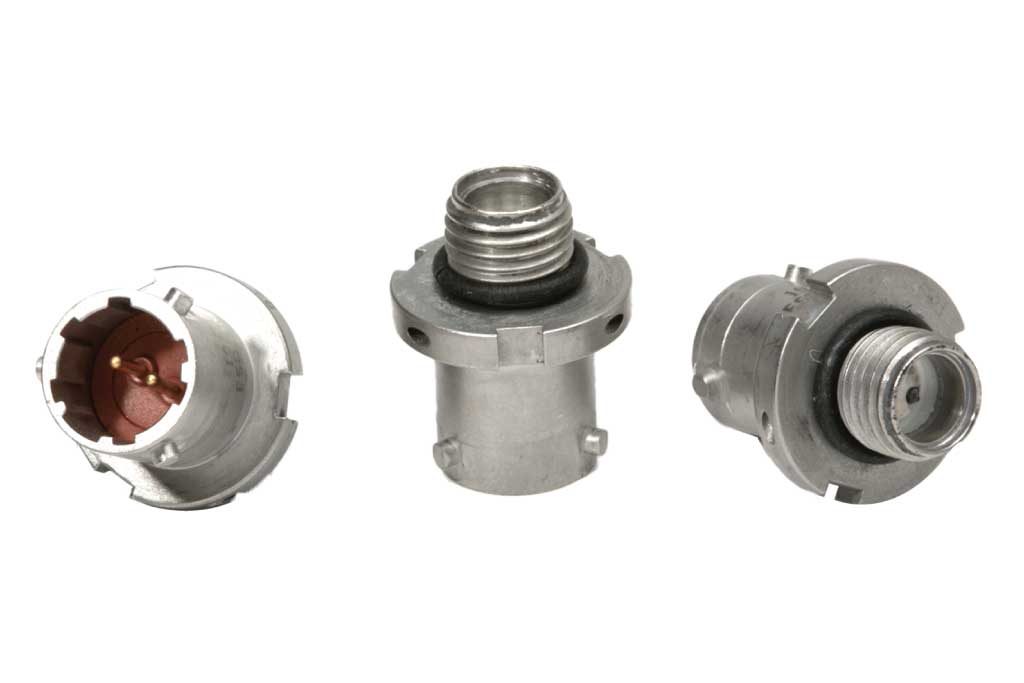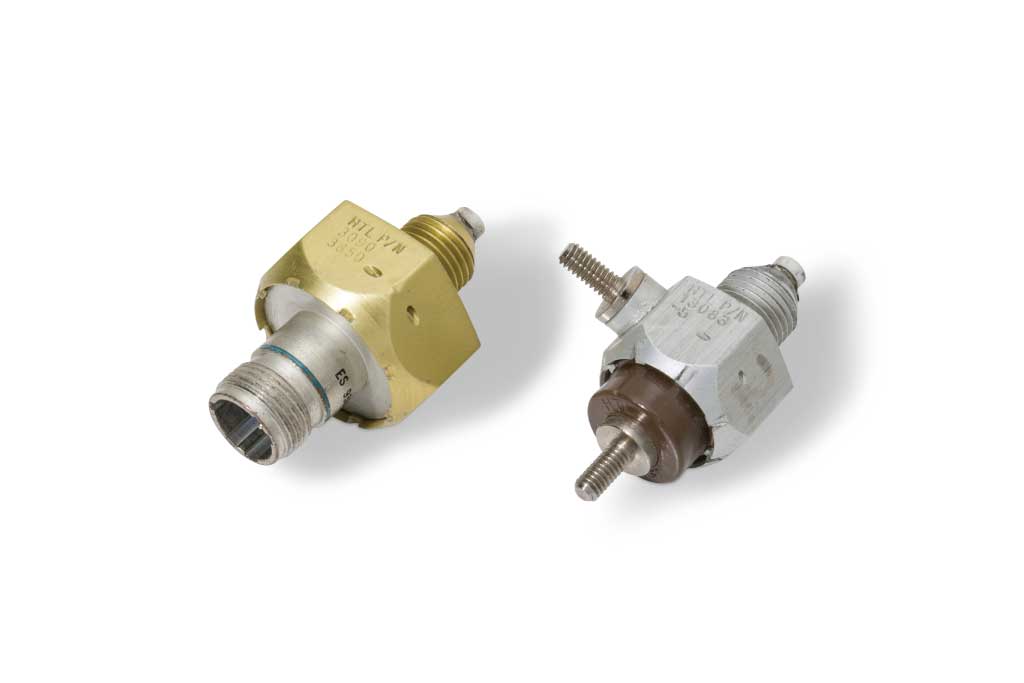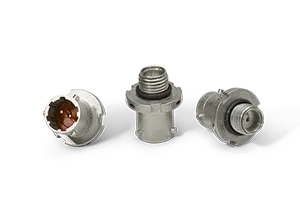Thru Bulkhead Initiator
Product Description
A Thru Bulkhead Initiator (TBI) is an initiation device that utilizes a shock input stimulus where the TBI donor charge initiates and transfers a shock wave through an adjacent structural bulkhead with sufficient intensity to cause the initiation of a receptor charge on the opposite side of the bulkhead. The TBI provides a detonation or deflagration at the output end of the device without breaching the bulkhead which is designed to provide a pressure containment barrier post functioning.
We offer an entire array of Thru Bulkhead Initiator (TBI) that can be used for initial system activation, signal transmission, signal transfer or changes in signal medium type. We design mechanical, hot gas pressure and detonation initiation with single or redundant features – either explosive loaded or inert. If your needs require it, an internal time delay element can be added for sequencing requirements. Our TBIs are nonelectric initiators which require a detonation input to transfer energy through an internal bulkhead.
The primary function of the TBI is to propagate sufficient energy through this integral bulkhead to then initiate a detonation or deflagration at the output end of the device. The initiator’s internal bulkhead is designed not to breach. Typical applications for these units are in rocket motor and gas generator ignition where it is critical to maintain a pressure tight seal after functioning.

